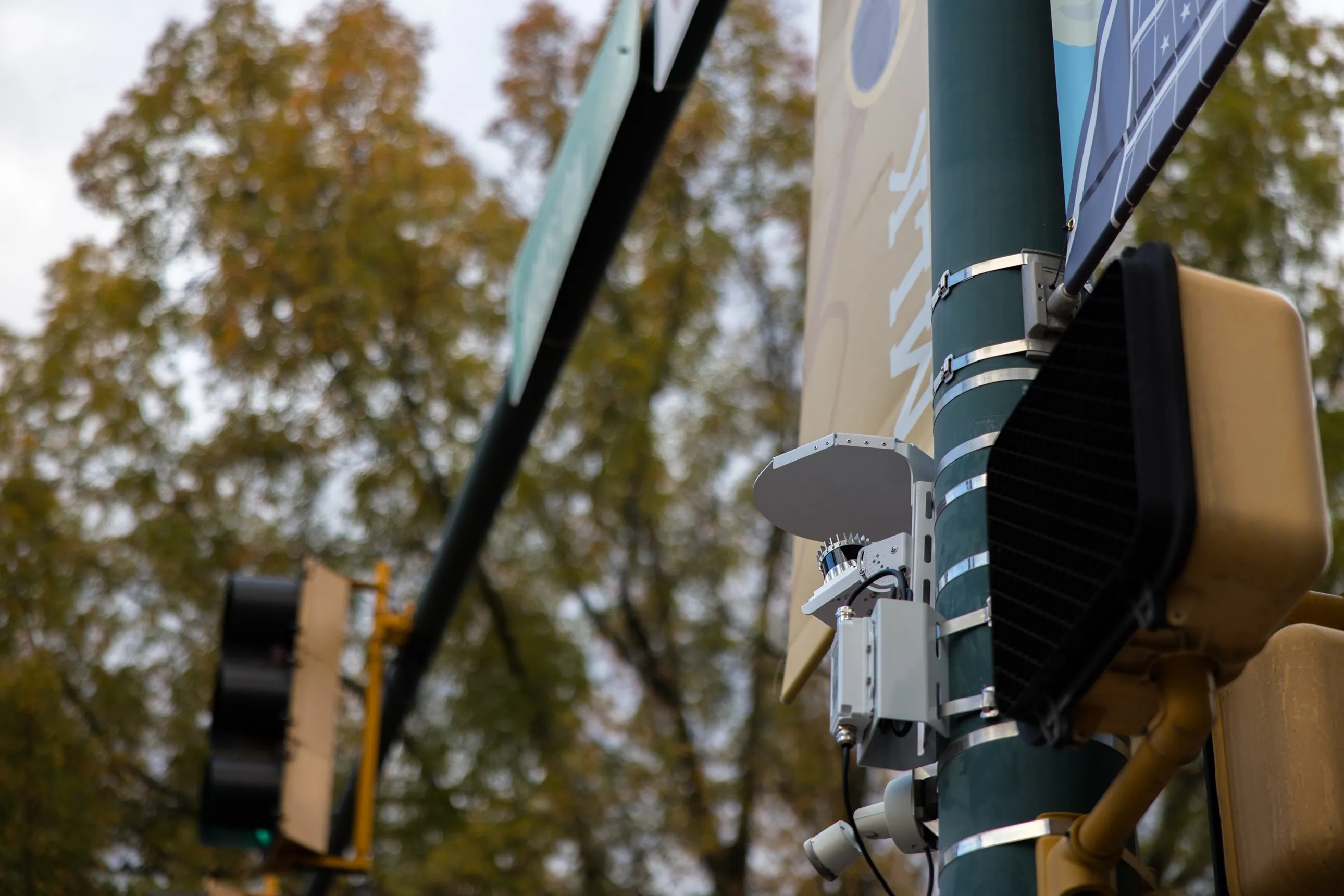The New York State Department of Transportation (NYSDOT) has awarded International Road Dynamics (IRD) a five-year traffic data collection installation and maintenance contract valued at US$7.34 million. Under this agreement, IRD will install, upgrade, repair, operate, and maintain permanently installed traffic data collection sites located within the state of New York.
Six types of traffic data collection sites are covered under this contract, including continuous count, automatic vehicle classification
February 14, 2017
Read time: 1 min
The New York State Department of Transportation (NYSDOT) has awarded 69 International Road Dynamics (IRD) a five-year traffic data collection installation and maintenance contract valued at US$7.34 million. Under this agreement, IRD will install, upgrade, repair, operate, and maintain permanently installed traffic data collection sites located within the state of New York.
Six types of traffic data collection sites are covered under this contract, including continuous count, automatic vehicle classification, weigh-in-motion, permanent short count, wireless vehicle detection systems and shared traffic data collection sites.
The NYSDOT uses these sites to collect, summarise, and interpret information about the traffic travelling on the state's highways system. The data is required to assess transportation needs and infrastructure performance, as well as to develop planning and programming recommendations.
Six types of traffic data collection sites are covered under this contract, including continuous count, automatic vehicle classification, weigh-in-motion, permanent short count, wireless vehicle detection systems and shared traffic data collection sites.
The NYSDOT uses these sites to collect, summarise, and interpret information about the traffic travelling on the state's highways system. The data is required to assess transportation needs and infrastructure performance, as well as to develop planning and programming recommendations.










